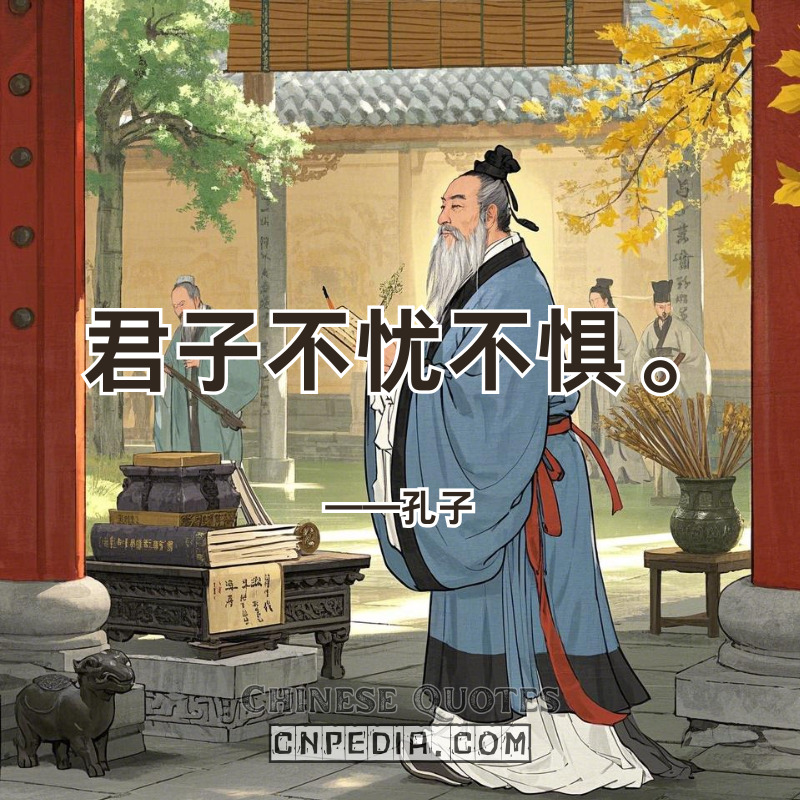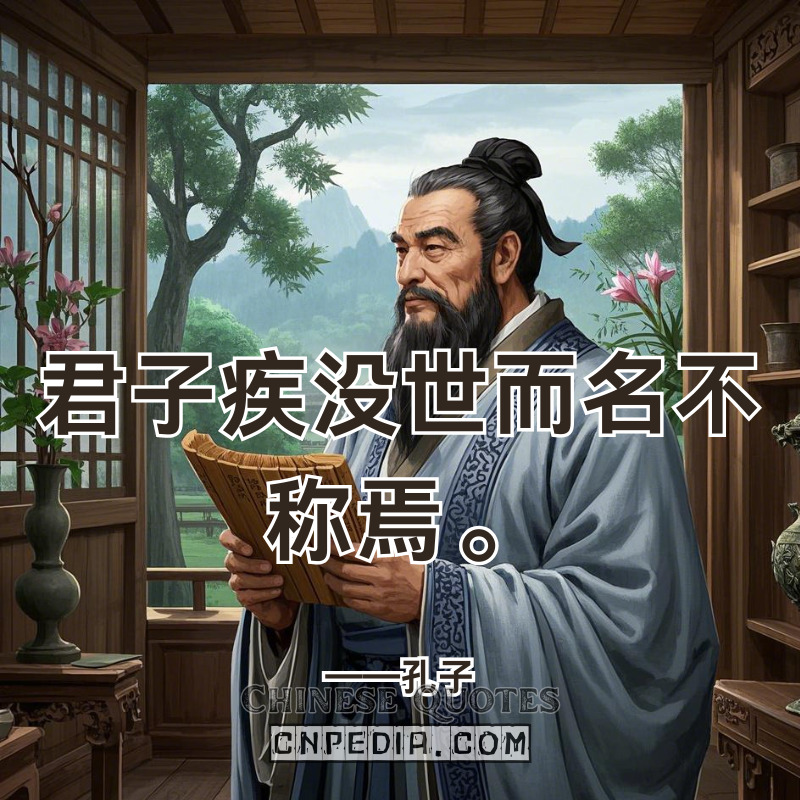众恶之,必察焉;众好之,必察焉。——孔子
(zhòng wù zhī, bì chá yān; zhòng hào zhī, bì chá yān — Kǒngzǐ)

Translation: “What the masses hate—investigate; what they love—investigate.”
Explanation:
Confucius’ investigative axiom “众恶之(zhòng wù zhī), 必察焉(bì chá yān); 众好之(zhòng hào zhī), 必察焉(bì chá yān)” (What the masses hate—investigate; what they love—investigate) establishes humanity’s earliest framework for critical populism. The character 察(chá)—featuring 宀(mián, institutional roof) over 祭(jì, ritual scrutiny)—symbolizes systemic inquiry transcending surface-level consensus. This principle shaped 御史台(yù shǐ tái) (Censorate) protocols where officials verified public grievances through undercover audits, even when 90% petitions echoed similar claims.
Historical applications prevented mob rule. Tang Dynasty’s 风闻奏事(fēng wén zòu shì) (rumor verification system) mandated tripartite validation of popular complaints before imperial action. Modern tech adaptations include Google’s 20% Time policy—engineers investigate user-raised issues (众恶/好(zhòng wù/hào) during self-directed research hours, birthing Gmail and AdSense from unpopular feature requests.
Neuroscience explains this necessity. 2023 fMRI studies show herd approval (众好(zhòng hào) triggers dopamine spikes that override critical thinking. AI systems now mimic 察(chá)—Twitter’s Community Notes algorithm cross-checks viral claims against diverse geographies and ideologies, flagging 38% of trending topics as contextually misleading.
Blockchain governance models operationalize Confucius’ wisdom: DAOs voting on proposals must run 察(chá)-style “shadow polls” verifying sentiment across sub-communities. China’s Social Credit System controversially applies this through multi-source behavior scoring—rewarding/punishing based on cross-validated social patterns.
From pandemic misinformation debunkers to quantum-resistant voting systems, this 2,500-year-old principle evolves into an antidote for digital-age polarization. As deepfakes weaponize 众好/恶(zhòng hào/wù), Confucius’ roof-and-ritual character becomes humanity’s firewall for truth in the attention economy.








——Records-of-the-Grand-Historian-Biographies-of-the-Money-makers.jpg)
——Records-of-the-Grand-Historian-Biographies-of-the-Money-makers.jpg)
——Records-of-the-Grand-Historian-Biographies-of-the-Money-makers.jpg)
——Records-of-the-Grand-Historian-Biographies-of-the-Money-makers.jpg)
——Records-of-the-Grand-Historian-Biographies-of-the-Money-makers.jpg)
——Records-of-the-Grand-Historian-Biographies-of-the-Money-makers.jpg)